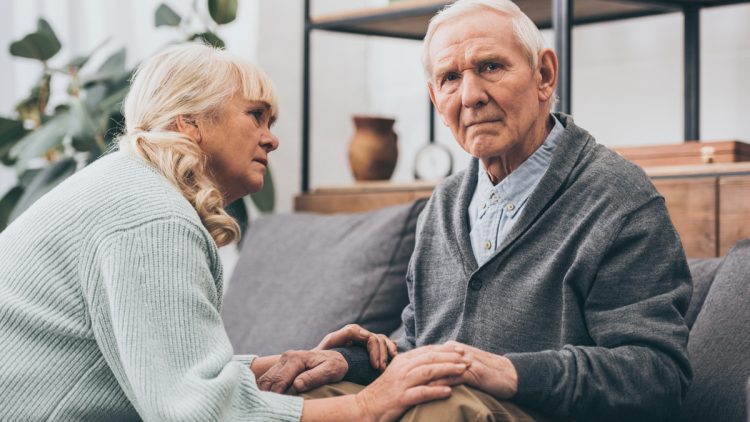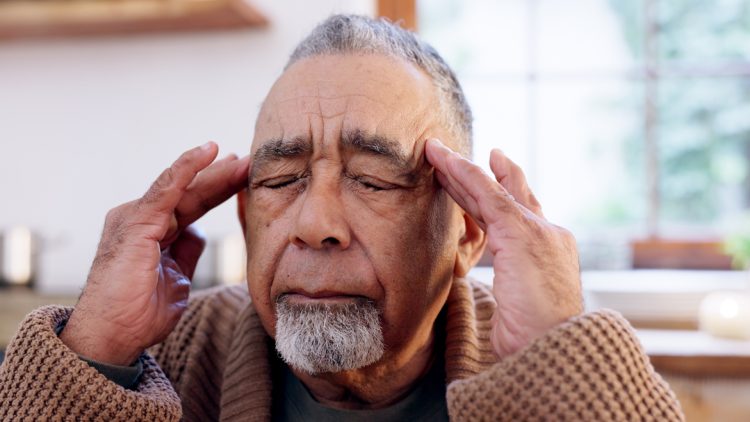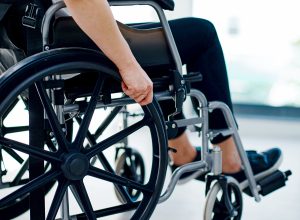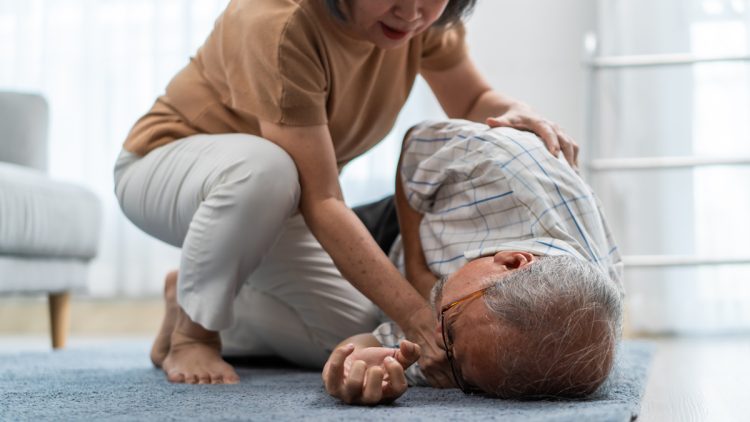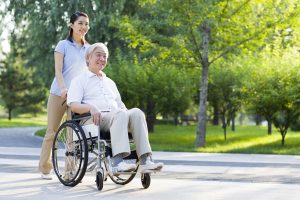Long Term Care Vs Skilled Nursing
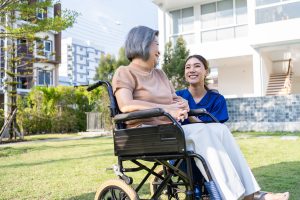
Many people may be wondering what the differences are between skilled nursing and long term care facilities. Let’s take a closer look at these senior care levels below.
What Is Considered Long Term Care?
Long term care facilities will provide round-the-clock care and monitoring for individuals. Today, 70% of individuals who live to age 65 will need some form of long-term care. Patients in these facilities receive the care and support they need in their day-to-day life.
The goal of long-term facilities is to provide patients with 24/7 caregiver assistance. This living situation is ideal for individuals with cognitive disorders, chronic mobility issues, or neurological conditions. This care level provides a high quality of life while individuals maintain their independence.
Medical Care Complexities In Long Term Care
Typically, long term care facilities do not provide specialized medical care. Instead, the facilities are staffed with professional nurses, therapists, and aides. Physicians will be available when needed on-site. The staff can provide clinical care and activities designed to help maintain an individual’s current level of functioning.
Long term care offers more permanent custodial care than skilled nursing services. This will include things like help getting dressed, taking medications, and other daily needs.
What Is Skilled Nursing?
Skilled nursing facilities come with 24/7 nursing care for individuals who require specialized medical care or daily therapy sessions. While sometimes temporary, a skilled nursing community can be compared to a long-term stay at the hospital.
Skilled nursing care will often be provided for short-term stays that follow hospitalizations, surgery, injury, or other health-related issues. During temporary stays, the care will be focused on providing rehabilitative services to help individuals return to their previously independent lifestyles.
For some individuals, a skilled nursing community can become their long-term home. These residents will receive the necessary assistance and medical care they need. This medically-intensive care will be provided by professionally licensed individuals. Typically, residents have complex medical situations with many needs like respiratory therapy or wound care.
Is Memory Care Regarded As Skilled Nursing?
Yes, memory care is considered skilled nursing and it can also be administered by a personal care provider. The primary goal of skilled nursing services is to rehabilitate a patient’s specific health-related needs. Memory care services are designed to care for patients suffering from Dementia or Alzheimer’s.
Memory care communities feature specialized care for people suffering from Dementia or Alzheimer’s. Patients living at these facilities will have structured activities throughout the day to keep them on a routine, which often lessens stress levels. These activities will focus on cognitive stimulation, targeting memory difficulties.
Memory care offers more patient supervision than most other care levels. This is due to the fact that most people with memory-related issues have a tendency to wander. Memory care facilities are safer because doors and/or elevators are usually locked or armed with alarms. Outdoor recreation areas are typically locked and gated to keep all patients safe and accounted for.
Choosing Between Long Term Care And Skilled Nursing Facilities
Now that you understand the similarities and differences between the two levels of care, it’ll be easier to choose one situation for yourself or a loved one. A skilled nursing facility offers more complex medical care. Meanwhile, long term care facilities provide more permanent support for daily needs.
Senior Care Options At Ventana Winds In Youngtown, Arizona
We invite you and your loved one to come and tour our memory care facility in Youngtown, Arizona and find out why our residents love to live in our compassionate and welcoming community. Take a look at our memory care page to see pictures, find out more about the facility, amenities, what is included in rent, and more. Call us at (623) 624-4406 for more information or to schedule a tour of our facility.





